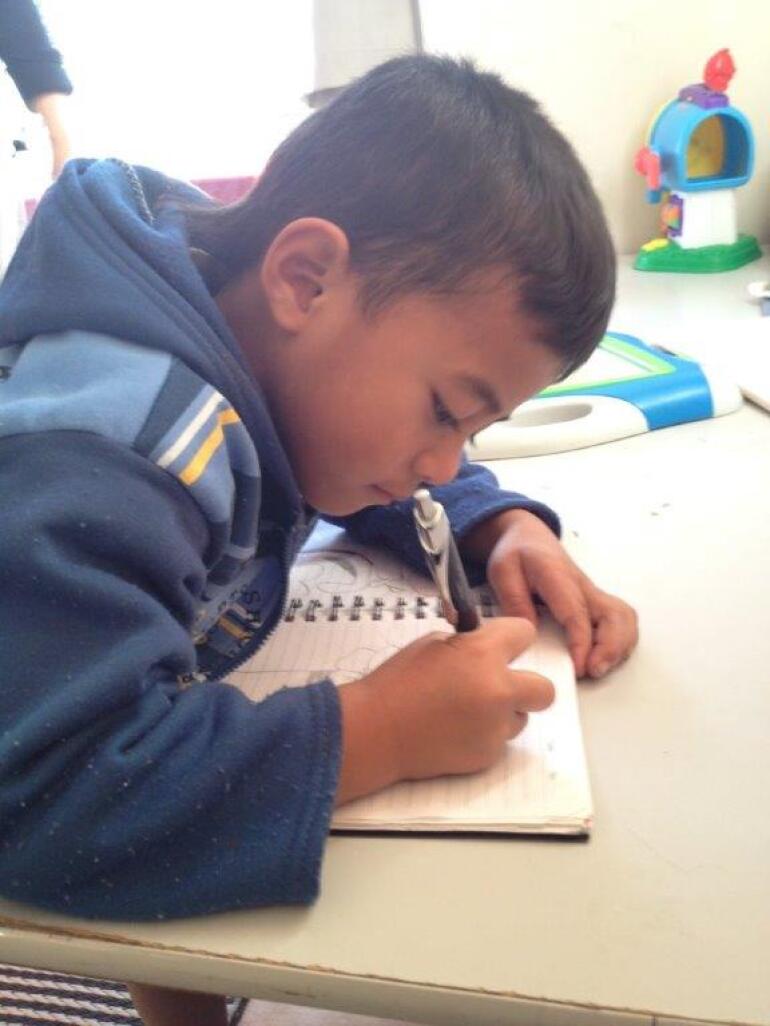News And Events

Language and Literacy - Pincer Grip
18 July 2014Being able to hold a pencil to draw and write requires a strong ‘pincer grip’. By the developmental age of around 12 months, babies will begin to pick up small items using their thumb and finger, using their pincer grip. Below are some activities you can do to provide opportunities for children to develop a strong pincer grip:
- Development of the pincer grasp. Encourage your baby to point at pictures in books, push holes into play dough, or make dents in the carpet.
- Playing with toys that need to be squeezed, pushed together, or pulled apart will help strengthen the tiny muscles in the hand that are needed for more sophisticated skills later on. Think about bath toys that squirt water, spray bottles, pop beads, large Duplo or Mega Blocks, and Velcro fasteners as great “tools” to help your child develop these muscles and the ability to coordinate them.
- Dropping objects into containers will help your child begin to separate the muscle movements of her wrist, hand, and individual fingers.
- Scribbling, allowing your baby to use a large crayon or marker is another great way to help develop the arches of the hand that are important for later fine motor skills. It may help to tape the paper to the table, since your baby is not yet able to hold the paper still. Don’t worry that your baby isn’t holding the crayon or marker the “right way.”
- For older children, setting up an activity using small tongs with cotton wool on a tray using the tongs to transfer the objects from one tray to another.
- Have pegs in a container and children can practice squeezing and releasing.
Using a strong pincer grip to hold a pen, pencil, crayon, or felt pen enables children to gain control of these implements so that they can experiment with forming lines, shapes and letters.


